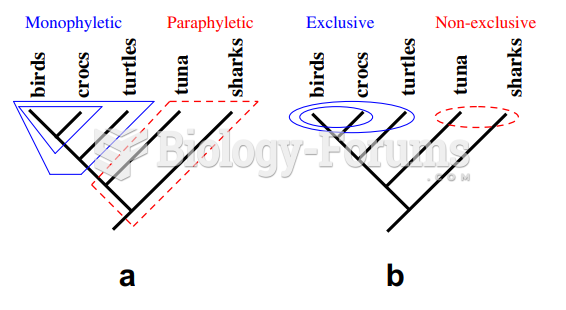This topic contains a solution. Click here to go to the answer
|
|
|
Did you know?
The heart is located in the center of the chest, with part of it tipped slightly so that it taps against the left side of the chest.
Did you know?
In 1864, the first barbiturate (barbituric acid) was synthesized.
Did you know?
In the United States, an estimated 50 million unnecessary antibiotics are prescribed for viral respiratory infections.
Did you know?
On average, the stomach produces 2 L of hydrochloric acid per day.
Did you know?
In 1844, Charles Goodyear obtained the first patent for a rubber condom.







